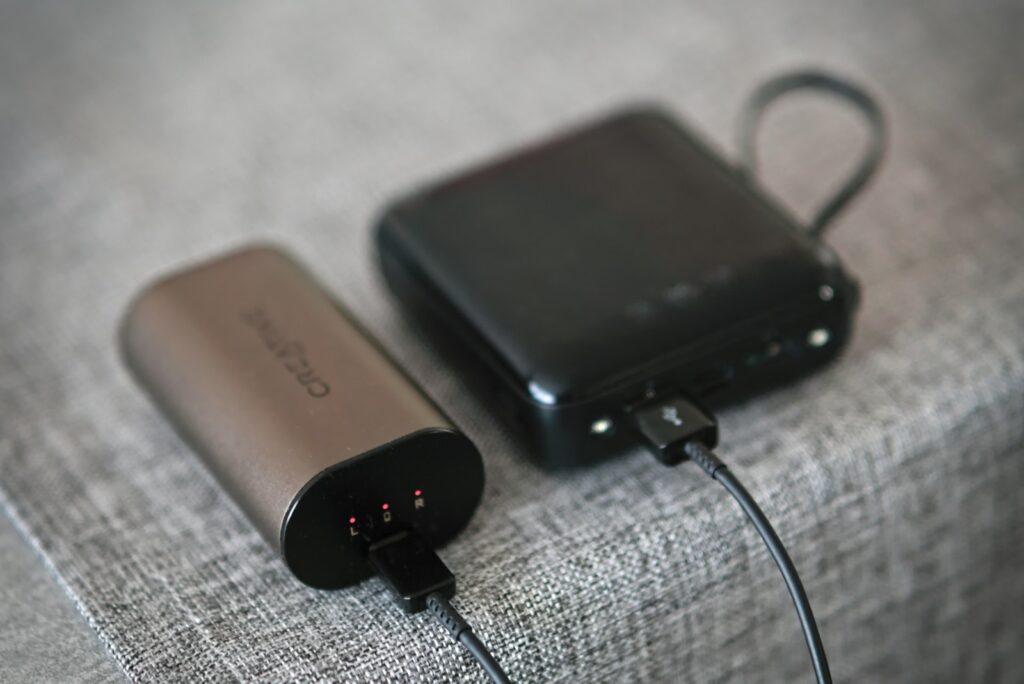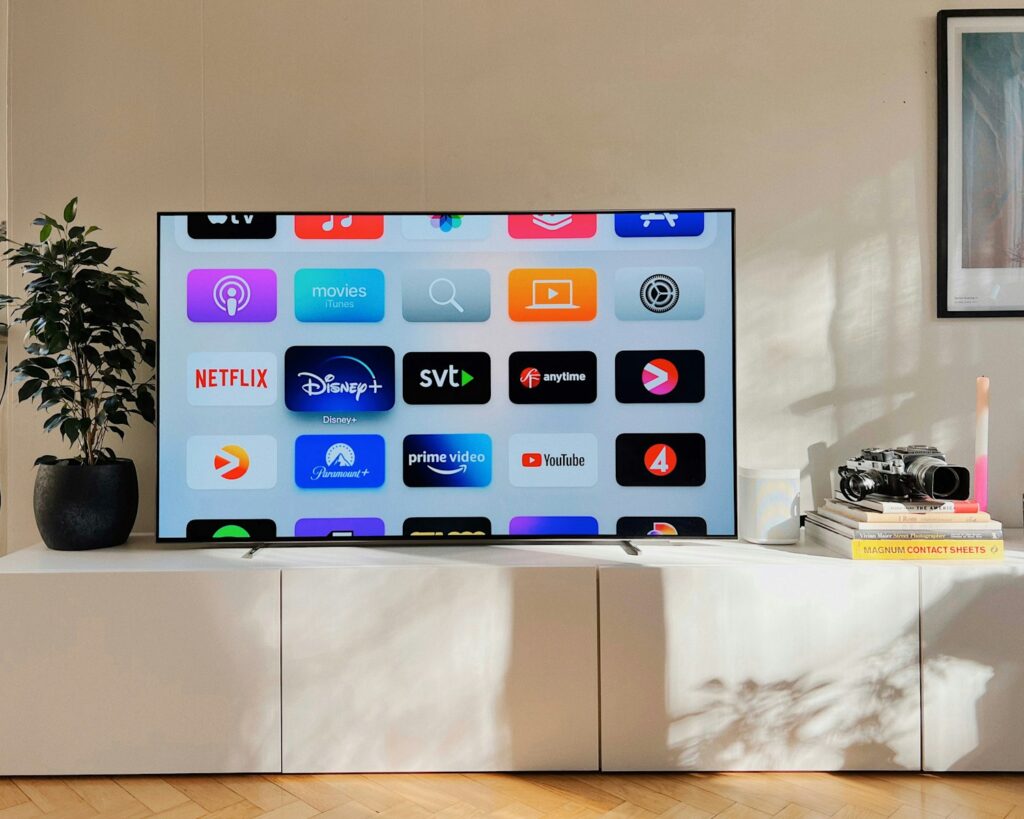Wireless charging sounds futuristic: simply drop your phone on a pad and watch it power up without needing to plug anything in. It’s sleek, simple, and now built into most new phones. But is it really better than the old-fashioned cable? The answer depends on how you use your phone on a day-to-day basis.
The Convenience Factor
The most significant advantage of wireless charging is convenience. There’s no fumbling with cables, no worn-out charging ports, and no cords cluttering your desk or nightstand. Place your phone on the pad, and it will start charging automatically.
For people who charge their phone frequently throughout the day, this ease makes a real difference. A quick drop onto a charging pad at work or while relaxing at home keeps your battery topped up without extra hassle.
To keep your devices powered longer, see How to Keep Your Phone Battery Alive Longer.
Downsides You Should Know
Wireless chargers aren’t perfect. They’re usually slower than wired charging, especially when compared to today’s “fast charge” cables. If you’re in a hurry and need a quick power boost, a cable is still the fastest option.
They also require precise placement. If your phone isn’t positioned correctly on the pad, it may not charge at all. Additionally, wireless charging pads themselves can be more expensive than a basic cable. You also have to consider the impact of wireless charging on batteries, which can contribute to higher temperature stress in some cases.
When Wireless Charging Shines
Despite these drawbacks, wireless chargers are great in certain situations. They’re handy on nightstands, desks, or kitchen counters where you want a tidy setup and don’t mind slower charging. Some newer models are built into stands, letting you charge your phone upright while still using it for video calls or recipes.
They also reduce wear and tear on your phone’s charging port, which can be helpful if you plan on keeping your device for several years.
If you’re curious about other upgrades, check Do You Really Need an Expensive Router?
Cost Versus Value
Wireless charging pads can range from budget-friendly to premium models that cost significantly more. While a simple wired cable may cost under $10, a good-quality wireless charger might set you back $30–$70. For some, that feels like paying extra for the same result.
However, if you value convenience, fewer cables around the house, and a cleaner appearance, the investment can be worthwhile. Think of it less as a performance upgrade and more as a lifestyle choice that enhances your daily comfort and convenience.
The Future of Charging
More phone makers are betting on wireless charging as the long-term direction. Some even offer “reverse charging,” where your phone can wirelessly power earbuds or another device. Furniture companies are also building wireless charging pads into desks and nightstands, hinting at a world where cables become less common.
While wired charging won’t disappear anytime soon, it’s clear wireless tech is here to stay. If you like adopting trends early, adding a wireless charger now could be a small step toward the cable-free setups of the future.
For another everyday convenience upgrade, see Is It Worth Getting a Smart Speaker?
Signs It Might Be Worth It
- You prefer a clutter-free charging setup.
- You charge your phone in the same spots every day.
- You don’t mind slower charging speeds.
- You want to reduce wear on your phone’s charging port.
- You already own a phone that supports wireless charging.
If these apply to you, a wireless charger can be a worthwhile convenience upgrade.
Summing It Up
Wireless chargers aren’t faster or cheaper than cables, but they do win on convenience and style. If you like the idea of simply setting your phone down to charge, and you don’t mind it taking a little longer, they’re worth the hype. Otherwise, a trusty cable still gets the job done just fine.




